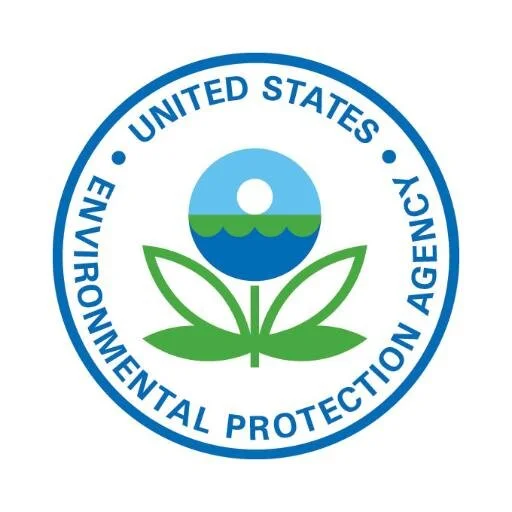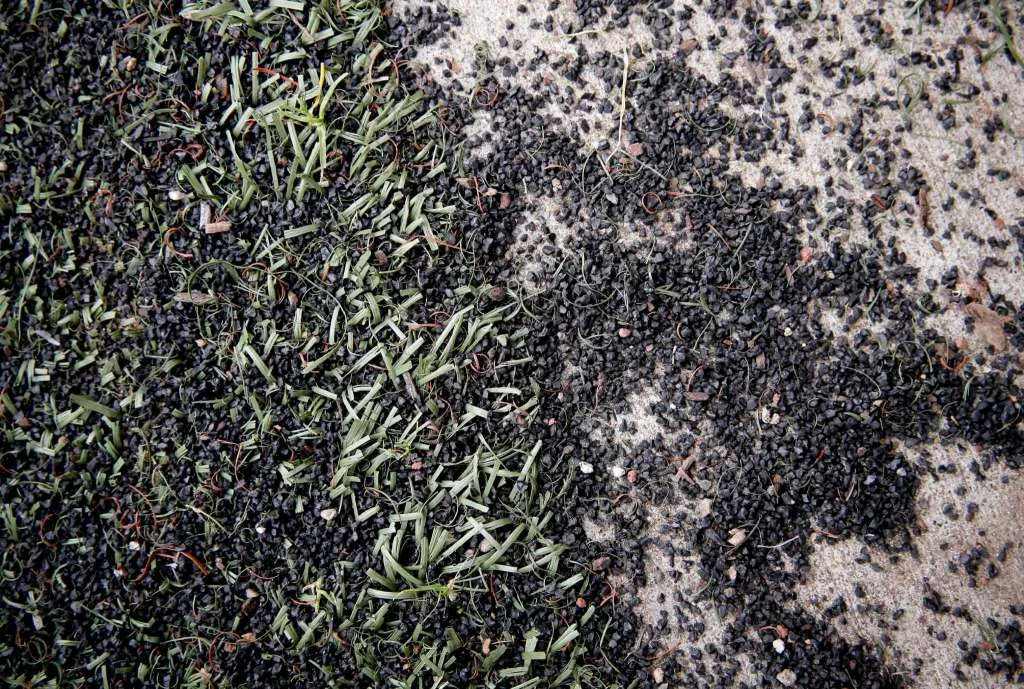DECISIONs are being MADE ON MISINFORMATION AND INaccurate STUDIES
This is a section on the misinformation being used by decision makers and calls for corrective action followed by legislation the SHPFC is aware of and working to support or oppose. See Make Your Voice Heard to learn how you can help.
Industry claims that government finds synthetic turf safe.
not so.
The fact is, no government agency has concluded artificial turf is safe - not the EPA nor the CPSC. Only the industry which gains financially from your use of these fields has paid consultants to conclude safety from very limited, inconclusive tests. There are no tests showing synturf is safe. There are only tests that cannot prove that it will give you cancer. In addition, the EPA, CPSC and CDC each warn players to take precautions when using AT fields. State and local entities are deciding to postpone or abort artificial turf to invest in properly build, properly maintained grass fields instead.
the original CPSC STUDy was extremely limited
"The CPSC’s claims — based on such a “crudely cursory study” — may dangerously deceive municipal and state leaders nationwide about the safety of synthetic turf." - AG Blumenthal
"All ten of the samples of green synthetic grass that were tested (Table 1, Appendix A) appear to have been taken from four fields manufactured by the same firm (Firm 1). Only the yellow stripes from two other firms (Firms 2 and 3) were tested. There are approximately 3500 synthetic fields currently in use nationally, and 800 additional fields installed each year at high schools, universities, stadiums, and public parks. Even if the other nine non-tested samples are taken into account, it seems questionable for the CPSC to characterize to the American people that all synthetic turf fields in the country are safe." - Representative Rosa DeLauro
"I thought you'd better know the real scoop behind the CSPC study which you like to refer to and might be called on. This CPSC "study" from 2008 which the artificial turf industry likes to refer to as proving the "safety' of artificial turf, did nothing of the kind. Its headline "OK to Install, OK to Play On" was not warranted by the extremely limited sampling from a few fields for one toxin (lead) with questionable methods. Remember when anyone says "the CPSC found it is safe" - no expert has supported or validated it or the conclusions, while other experts, government agencies and representatives found the study "seriously flawed" and "dangerously deceptive." - Kathy Michels, PhD
ABSENCE OF CONVINCING SAFETY EVIDENCE
“As pediatricians, epidemiologists, and laboratory scientists at the Children’s Environmental Health Center of the Icahn School of Medicine at Mount Sinai, which hosts one of 10 nationally funded Pediatric Environmental Health Specialty Units, we have received numerous phone calls from concerned parents and physicians regarding the wide scale use of recycled rubber surfaces on school grounds and in park properties. This led us to conduct a review of the risks and benefits of artificial playing surfaces, during which we found significant gaps in the evidence supporting the safety of recycled rubber turf products.”
“It is important to note that risk of harm due to exposures from recycled rubber turf has been assessed only for single chemicals, yet children are exposed to numerous harmful chemicals in aggregate during play on these surfaces. The potential long-term consequences of exposures to synthetic rubber play surfaces have not been carefully assessed by independent third parties prior to their installation throughout the country.”
“In the absence of convincing evidence of safety, we recommend that children not play on recycled rubber surfaces that contain known carcinogens and neurotoxins and support a ban on the use of these products.”
--Robert Wright, MD, MPH (Director) and Sarah Evans, PhD, MPH, Mount Sinai Children’s Environmental Health Center
DON'T RELY ON FAULTY STUDIES TO MAKE DECISIONS
Most localities and municipalities lack funds or the know how to conduct their own scientific studies, so instead rely on the CPSC report, EPA study or even the Montgomery County Maryland Staff Work Group Report for direction, even though each has been challenged and revised their positions on AT. Some simply take the sales and marketing materials and pitches provided by vendors (such as FieldTurf) as gospel. As noted throughout this website, none of these sources can be trusted in their current form to ensure the safety and health of our communities from the toxins and carcinogens found in the plastic blades and synthetic infill (be it shredded waste tire, cork, Nike crumb or other) of artificial turf surfaces.
ALWAYS LOOK AT THE SOURCE OF A STUDY
In any study, as with any news, the source is critical to determine the validity. Is it funded by industry? In scientific research, it is important to understand who funded the study and to note if there is a single author (less reliable) or the study is 'peer reviewed' by members of the scientific community or by consultants paid for certain conclusions. There are lots of studies being cited to justify the installation of synthetic turf fields over natural turf. Problem is, most are flawed. This section will list the studies you can rely on, and expose the studies paid for by industry giants or under-funded government entities, whose conclusions are not supported by the data or that used incomplete methodologies. Unfortunately, the first example of questionable studies begins with the CPSC and EPA, then goes to the Maryland Montgomery County Synthetic Turf Work Group Report (which admits it is not a study at all).
LOOK OUT FOR REPORTS BASED ON INCOMPLETE STUDIES AND INDUSTRY MARKETING
This report, the Montgomery County MD Staff Work Group Report, is used by municipalities and communities far and wide to justify synthetic turf installations. The problem is that the report is based on the incomplete studies by the CPSC and sales marketing materials from FieldTurf, the sole-source vendor to Montgomery County (MoCo) synthetic turf installations. The report is not based on scientific data. Questions from council members and citizens alike remain unanswered.
See what changes are happening on the federal level










